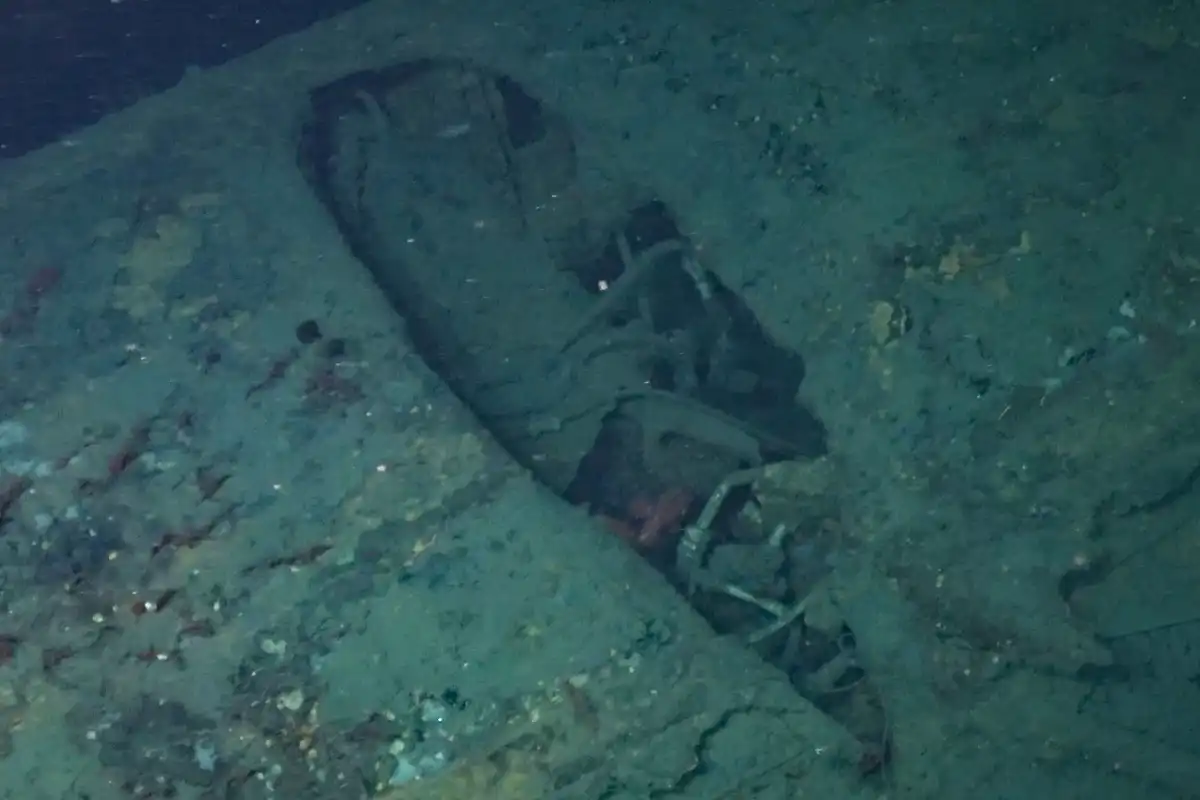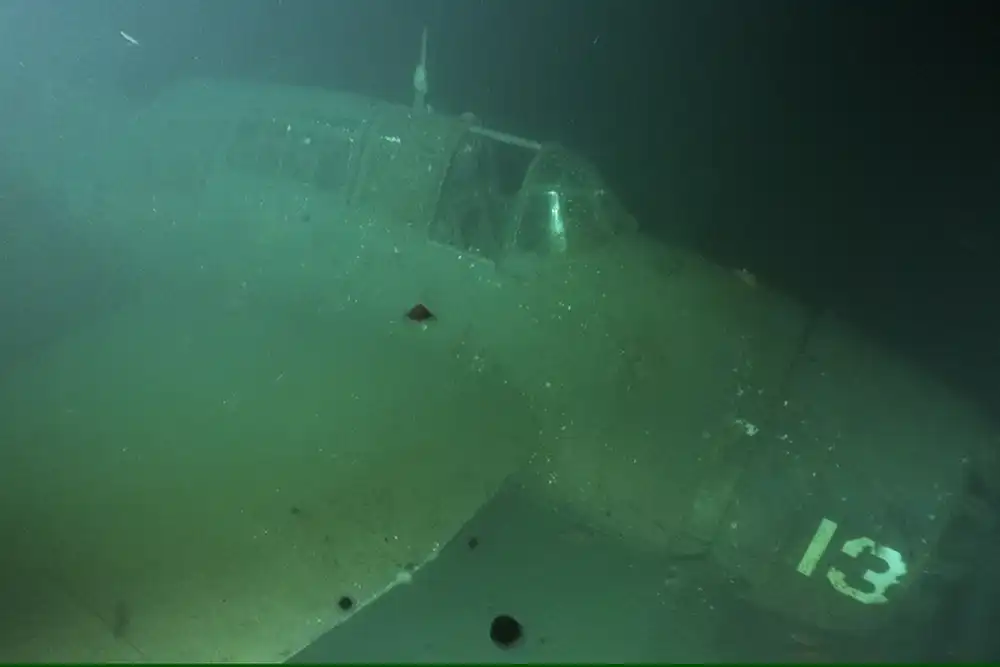
A deep-sea training and engineering dive by a multi-disciplinary team of researchers has revealed the first pictures of the World War One-era US Navy submarine, the USS F-1, 108 years after she sank.
Built in 1911 and originally named Carp, F-1 was an F-class submarine commissioned by the US Navy in 1912. She was assigned to the First Submarine Group, Pacific Torpedo Flotilla and briefly held the world’s deep-diving record at 86m (283ft).
On 17 December 1917, F-1 was participating in training exercises when she collided with her sister ship, the USS F-3. Her hull was torn open, and she took just 10 seconds to sink, with the loss of 19 lives.
Between 24 February and 4 March 2025, scientists from Woods Hole Oceanographic Institution used the human-occupied deep-sea vehicle HOV Alvin, and autonomous underwater vehicle AUV Sentry, of the National Deep Submergence Facility (NDSF), to capture up-close images of the lost submarine.

The survey of F-1 was part of a testing expedition for Alvin and Sentry, conducted from the research vessel Atlantis and supported by the US National Science Foundation. Other partners supporting the expedition included the Office of Naval Research (ONR), the University-National Oceanographic Laboratory System (UNOLS), and the Naval History and Heritage Command (NHHC).
The two submersibles undertook surveys using sonar systems on board Sentry and Atlantis and used Alvin‘s imaging technology to capture the pictures.

‘Advanced ocean technology and simple teamwork played a big part in delivering these new images,’ said WHOI’s Bruce Strickrott, expedition co-leader and Alvin‘s senior pilot.
‘Once we identified the wreck and determined it was safe to dive, we were able to capture never-before-seen perspectives of the sub.
As a US Navy veteran, it was a profound honour to visit the wreck of the F-1 with our ONR and NHHC colleagues aboard Alvin.’
The expedition was part of a planned training and engineering mission conducted by the Alvin Team to give pilots-in-training time to hone their skills, and to assist with the development of new deep-sea research technologies.
The team made seven dives in total, surveying both F-1 and a US Navy torpedo bomber training aircraft that crashed near the same location in 1950.

‘It was an incredibly exciting and humbling experience to visit these historically significant wrecks and to honour the sacrifice of these brave American Sailors,’ said NHHC Underwater Archaeologist Brad Krueger.
‘All of us at the NHHC are grateful for this collaboration, which also enabled us to document and assess the condition of the crafts.’
‘As a Navy veteran, making this dive – together with another Navy veteran and a Navy historian – was a solemn privilege, said ONR Program Officer Rob Sparrock, who was in the DSV Alvin as it surveyed and analysed the sub.
‘Lasting nearly eight hours, there was time to contemplate the risks that all mariners, past and present, face.
‘It also reminded me of the importance of these training dives, which leverage the knowledge from past dives, lessons learned and sound engineering.’

A remembrance ceremony took place on board Atlantis above the location of the wreck after the dives. A bell rang out 19 times, one for each service member lost at sea.
‘History and archaeology are all about people and we felt it was important to read their names aloud,’ said Krueger. ‘The Navy has a solemn responsibility to ensure the legacies of its lost Sailors are remembered.’
The final images are comprised of data from multi-beam sonar systems and high-resolution imaging systems stitched together by WHOI imaging specialists to create precise and detailed 3D photogrammetric models of both the submarine and the marine life that has colonised her hull over the last century.
‘While these depths were well within the dive capability for Alvin and Sentry, they were technical dives requiring specialized expertise and equipment,’ said Anna Michel, NDSF chief scientist and co-lead of the expedition.
‘We were careful and methodical in surveying these historical sites so that we could share these stunning images, while also maintaining the reverence these sites deserve.’


